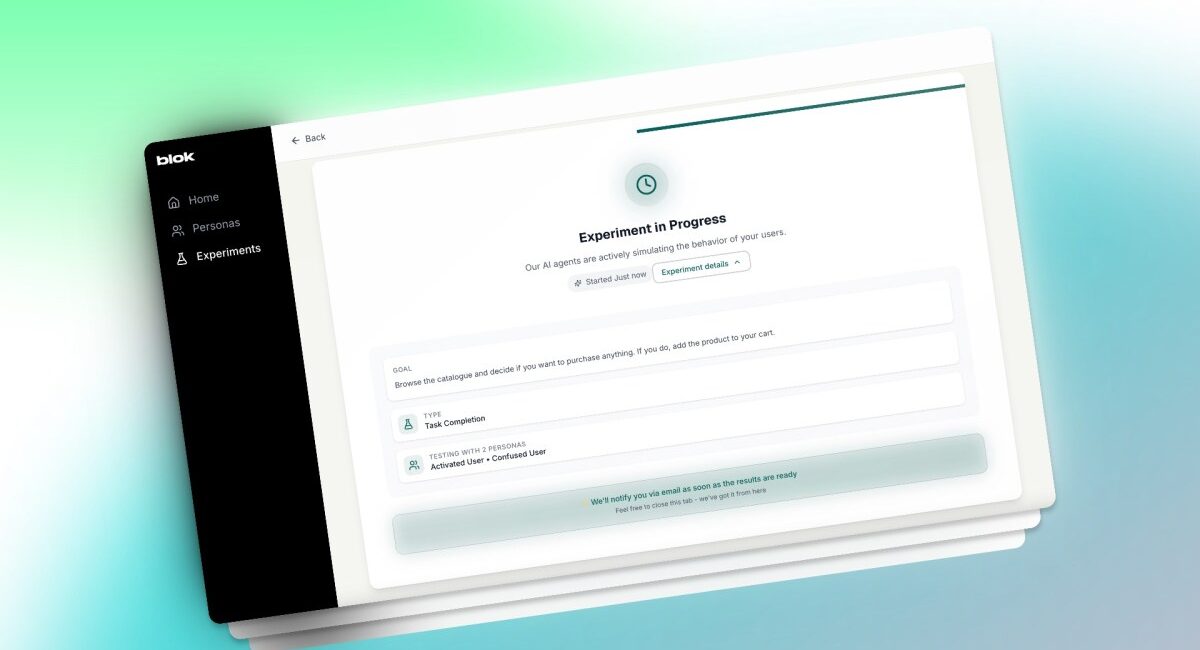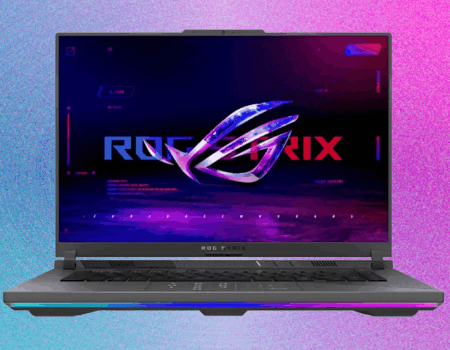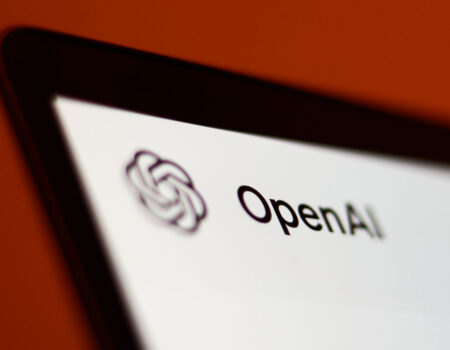AI-powered coding tools like Cursor, Replit, Claude Code, and Lovable are helping developers write many lines of code every day to ship products faster. However, app makers still have to rely on either shipping full beta versions of their apps or using simulation software to gauge how upcoming features will work.
Blok, a company that is coming out of stealth, allows developers to use AI to simulate different user personas to test an app’s features and learn how to make their apps better.
The company was founded by Tom Charman and Olivia Higgs in 2024. Both have been serial entrepreneurs and worked on startups together as well in areas including travel and learning.

To date, the startup has raised $7.5 million across two rounds. Its seed round of $5 million was led by MaC Venture Capital, with participation from people working at Discord, Google, Meta, Apple, Snapchat, and Pinterest. Blok’s pre-seed round was with Protagonist with participation from Rackhouse, Ryan Hoover’s Weekend Fund, and Blank Ventures.
Marlon Nichols, Managing GP at MaC Venture Capital, said that Blok is often compared to Otptimizly and Amplitude, but those tools are more reactive. He said that Blok is edging them out by providing a predictive layer of testing for apps.
“We backed Blok because we believe product development is at an inflection point. Teams are shipping faster than ever, but they’re still making critical decisions based on A/B tests and gut instinct. Blok’s simulation engine flips that model — giving teams the ability to predict user behavior before a single line of code is written,” he told TechCrunch over email.
Higgs said that the need for testing is increasing as the complexity of interfaces has increased over time. She mentioned that they interviewed more than 100 product engineers to understand problems faced by product teams.
“There is a real need for increased testing because the bar for visual interfaces is getting a lot higher. We’re seeing people interact with technology through chat, through voice. So if you’re introducing visual UI [elements] into the mix, you have to make sure that you are not introducing unnecessary friction into a user’s workflow,” she said.

Charman said that both big and small companies face different problems. While small companies don’t have cohorts to test out their products and get live feedback, big companies want to avoid stuffing features into their apps and making them clunky.
“We are trying to reach a place where companies don’t need to release their features on an experimental basis and wait for a few weeks or months for results to show up,” he said.
When a customer starts working with Blok, they upload their event log data from Amplitude, Mixpanel, or Segment. Blok then performs behavioral modeling and creates different user personas for app makers to test. These personas would roughly cover most of an app’s user base.

Then the development team submits a Figma design and experiment details — including the hypothesis they want to test and the user goal they want to achieve — to Blok, and the user persona agents then try to run the simulation many times. At the end, Blok will show insights about how users would use a particular feature and give recommendations.
These insights include an overall report of the experiment and details about what went well and what could be improved. Teams can also look at a persona-wise report and suggestions. Plus, since it is 2025, there is a chatbot that you can ask queries to about your experiment.
Blok has put its product behind a waitlist and is working with an initial set of customers, largely developing solutions in finance and healthcare. The startups said that these areas are ideal to target as they can’t put out bad experiments in public and play around with the product a lot.
The startup charges companies through a SaaS model, but it is also figuring out how to balance out compute costs. The company is aiming to hit mid-single-digit millions in revenue this year and open up to more customers.








No Comment! Be the first one.